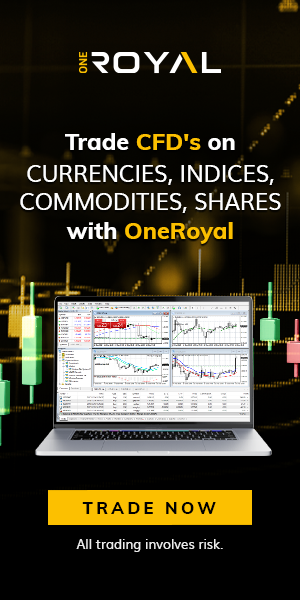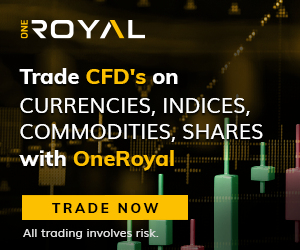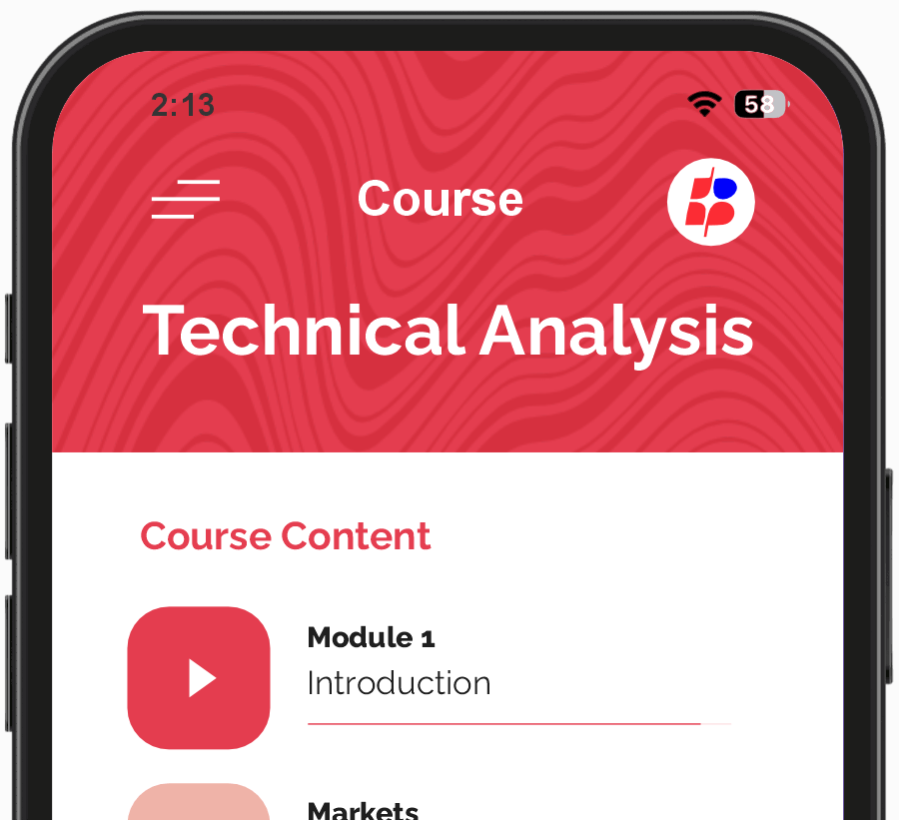Margin is one of those words you’ll hear a lot in forex trading, but what does it really mean?
Have you ever wondered why traders talk about margin as if it’s both a helpful tool and a risky one?
Why does margin seem so good, yet confusing at the same time? If you’ve seen terms like “margin call” or “used margin” on your forex app and felt lost, don’t worry, you’re not alone.
Let’s look into it in a way that even someone who has just started learning forex can understand, step by step.
In This Post
What Is Margin in Forex?
In simple words, margin in forex is like a small amount of money you put down to open a bigger trade.
Let’s say you want to buy a house that costs ₦10 million, but you don’t have the full amount.
The bank asks you to pay just ₦1 million first (as a deposit), and they give you the rest as a loan. In forex, margin works a bit like that deposit.
When you open a trade in forex, your broker doesn’t need you to pay the full amount of the trade. Instead, they ask you to keep a small part of the money, that small part is what we call the margin.
Why Is Margin Important?
Margin allows you to trade bigger amounts even if you don’t have a lot of money. Without margin, you would need a lot of capital to make any real profit.
For example, with just $100 in your account and the right margin setup, you can control a trade that is worth $1,000 or more.
This is possible because of something called leverage, which we’ll explain shortly.
How Does Margin Work in Forex?
Let’s look at a simple example:
- You have $100 in your trading account.
- Your broker gives you leverage of 1:100.
- This means you can trade up to $10,000 using just $100 as margin.
So, your $100 is locked while the trade is running, and it acts like a security deposit. If the trade goes well, you make a profit based on the full $10,000, not just your $100.
But if the trade goes against you, and your losses get close to your $100 margin, the broker might close your trade, this is called a margin call.
Terms You Should Know
Let’s break down some related margin words in forex that you should know:
1. Margin Level
This shows how healthy your trading account is. It’s calculated as:
(Equity ÷ Used Margin) × 100
If your margin level drops too low (for example, below 100%), your broker may close your trades to protect you from going into debt.
2. Used Margin
This is the amount your broker has set aside from your account to keep your open trades running.
3. Free Margin
This is the money left in your account that you can still use to open new trades. It’s like your free balance after keeping some money aside for margin.
4. Margin Call
This is a warning from your broker that your account doesn’t have enough margin to support your open trades. If you don’t add more money, your trades might get closed automatically.
Why You Should Be Careful With Margin
Yes, margin helps you trade big with small money, but it also comes with risks. It’s like using a sharp knife, useful but dangerous if you don’t handle it well.
If your trade goes in the wrong direction, you can lose your entire margin (and even more if your broker doesn’t have negative balance protection).
That’s why it’s important to use risk management and never trade with money you can’t afford to lose.
Conclusion
In forex trading, margin is your ticket to opening larger trades and aiming for higher profits, even with a small account.
But you need to understand how it works so it doesn’t turn into a problem. Always know how much margin you’re using, check your margin level, and be ready for what could happen if the market moves against you.
Remember, in forex, smart traders don’t just look at how much they can gain, they also think about how much they can lose.



